Mitochondrial Discovery: A New Era in Parkinson's Prevention and Treatment
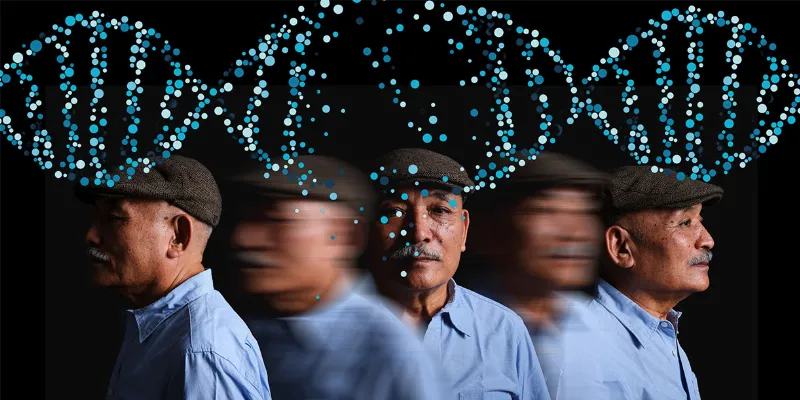
3 January 2024
Scientists discovered a genetic mutation in the SHLP2 microprotein, significantly reducing the risk of Parkinson's disease. This novel finding opens new avenues for Parkinson’s treatment and underscores the importance of mitochondrial microproteins in disease prevention.
In a groundbreaking development, researchers from the USC Leonard Davis School of Gerontology have unveiled a rare genetic variant that could lead to revolutionary treatments for Parkinson’s disease. The study, published in Molecular Psychiatry, highlights a previously unidentified mutation in a mitochondrial microprotein named SHLP2, offering new hope in the fight against Parkinson's disease. It represents a significant advance in precision health.
A Protective Variant in the Battle
The variant is found in a small but significant protein within the cell's mitochondria. It has been shown to provide substantial protection against Parkinson’s disease. Individuals carrying this variant are at a halved risk of developing the disease compared to those without it.
Microprotein with Macro Implications
SHLP2, first discovered in 2016 by Professor Pinchas Cohen and his team at the USC Leonard Davis School, is a microprotein produced within the mitochondria, the powerhouses of our cells. Earlier studies by the same team established SHLP2’s role in guarding against aging-related diseases, including cancer.
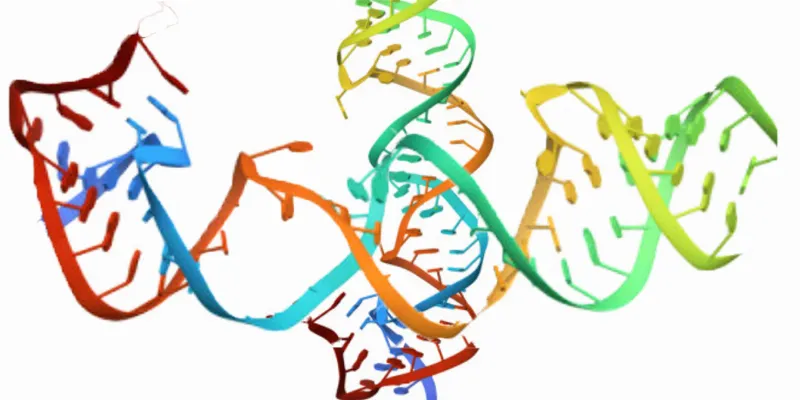
Notably, levels of this microprotein change in Parkinson’s disease, initially rising in an attempt to counteract the disease's pathology but eventually failing to keep pace as the disease progresses.
The study, led by first author Su-Jeong Kim, an adjunct research assistant professor, involved a meticulous series of experiments. By leveraging a microprotein discovery pipeline developed at the lab, researchers screened thousands of human subjects from extensive health studies. They identified a highly protective mitochondrial DNA variant in 1% of Europeans, reducing the risk of Parkinson’s by 50%.
The Science Behind the Variant
The mutation, a single nucleotide polymorphism (SNP), results in a "gain-of-function" variant. It changes the amino acid sequence and structure of SHLP2, leading to higher expression and increased stability of the microprotein. This stability enhances its protective effects against mitochondrial dysfunction.
Targeted mass spectrometry techniques enabled the researchers to detect SHLP2 in neurons, revealing its binding to an enzyme crucial for life, mitochondrial complex 1. This enzyme's decline is linked not only to Parkinson’s but also to strokes and heart attacks. The stable SHLP2 variant binds more effectively to mitochondrial complex 1, preventing the enzyme’s activity decline and reducing mitochondrial dysfunction.
Implications for Future Therapies
This discovery of the rare SHLP2 variant is a significant milestone, offering hope for those affected by Parkinson’s and shedding light on why some individuals are less susceptible. The findings highlight the biological effects of this gene variant and its potential in reducing Parkinson's risk, which is crucial for developing future therapies. This research also emphasizes the importance of mitochondrial microproteins as novel therapeutic targets, marking a potential turning point in treating Parkinson’s and other age-related diseases.





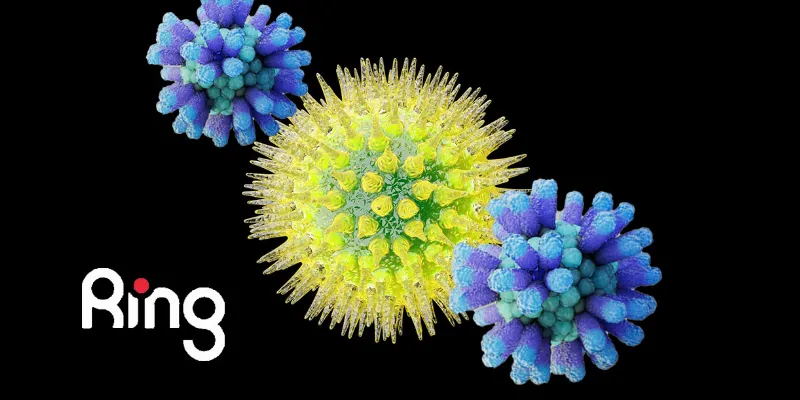
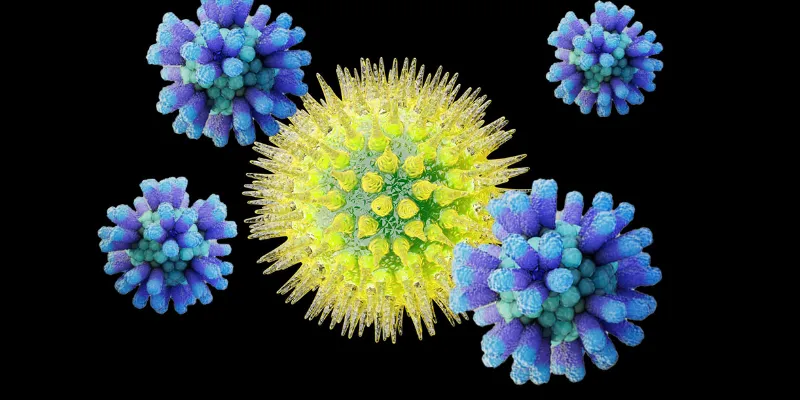
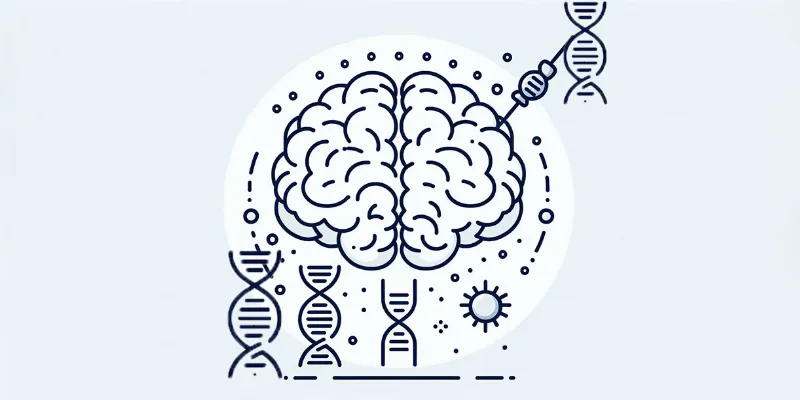

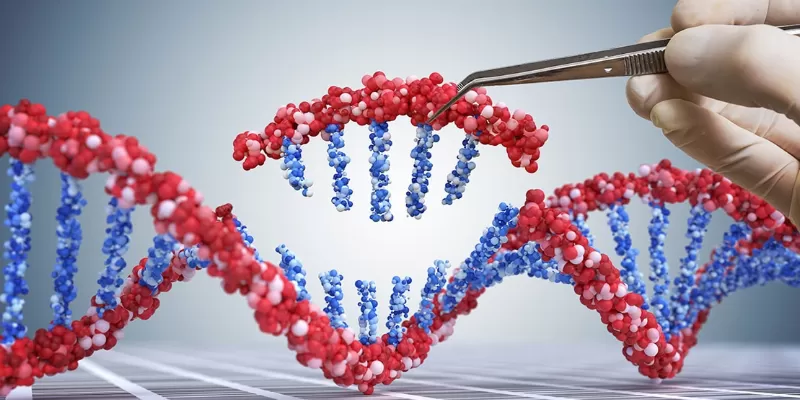
Comments
No Comments Yet!